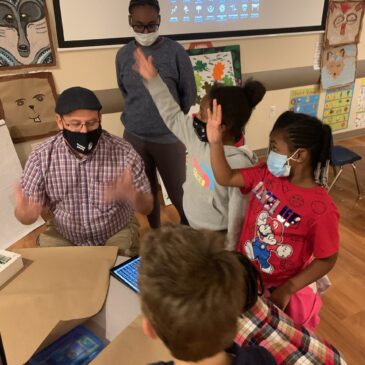Teaching and learning have a long term relationship. For most of the time they have been together there has been a natural connection—learning looks for teaching and teaching springs up when learning is needed—through questions about our world. When we ask a question, the connection becomes stronger and when we assume we know what is going on the connection becomes weaker, but it never really goes away. In fact the dynamic between teaching and learning is sort of like alternating current, switching back and forth.
As schools try to harness this dynamic we invent schedules of courses, subjects that harness domains of learning, and teacher preparation that prepares teachers to teach all children well. Children coming to schools experience this dynamic interplay between teaching and learning and yet may also feel frustrated because of their social emotional state. They may not be ready to learn, they may have a disability or they may just feel out of sync today.
The good news is that the science of teaching and learning is ready for them. In recent years, the science of teaching and learning has grown to include the issue of equity, where all students are given a chance to be ready to learn. Equity has helped us to see some of this complexity, including, that students come to us from their homes and communities and those conditions by definition provide uneven opportunities to learn. Schools that employ ideas from the science of teaching and learning might start their mornings with meeting time that is inclusive of helping all students get ready to learn. Warming students up to learn means addressing their social and emotional status, their energy status based on if they have had access to food that morning, and learning exercises based on a logical and scaffolded way to help boost their learning. Warming up is critical to opening the door of access for every student to experience a more rigorous curriculum and assessment process!
Perhaps the larger issue is restarting our schools so that the inequalities are reduced and the equity is increased? As one school leader suggests:
Darling-Hammond points out that the dual challenge in the U.S. is that “we have so much inequality in the system and we haven’t designed it in a coherent way in most states.” She believes we have an opportunity to “restart” our school system, by redesigning it based on what we know from the science of learning and focusing on equity. This would, she suggests, require us to think beyond the school doors to include a broad foundation of supports for children, including healthcare, housing, and food. It would require us to rethink our school funding system, how we train and prepare a well-qualified educator workforce, and how we ensure that all students have access to a rigorous and relevant curriculum and assessment system.




